I always enjoyed a friendly chat with the nice people at our library check-out desk. Depending on who was doing the checking out, I knew to ask one person about her garden, to exchange sarcastic asides with another, and to alert a third about a novel I was sure she’d like. But a few years ago our library system installed self-checkout stations. At first they didn’t work all that well, often refusing to deal with books I’d put on order, so I’d have to go to the counter anyway. When I did, the people I’d long considered part of my life seemed impatient at having to check out the one or two books that wouldn’t go through. They’d repeat a sentence that was probably assigned to them—“Can I direct you to our self-checkout stations?”—even though I used those stations week after week. I’m sure they were assigned many more tasks to fill the time they used to spend dealing with patrons’ checkouts too. I don’t know if this change took away some of their workday variety. I do know I still miss our brief but lively conversations.
This sort of change happens so quickly that we can’t help but notice. But many changes – huge ones – are so incremental that we don’t readily see their significance. That’s true for individuals as well as entire societies.
We think we’re attuned to change, but even a silent minute-long scene can confound our noticing skills.
Did anything change? (I thought I was paying attention but didn’t do too well on this.)
Even close observers find it hard to discern changes around them when those changes are gradual. In the real world our attention is far more distracted. We miss subtle differences, even though noticing something “ordinary” as the sky impacts (and reflects) our mood and attitude.
Consider most people in human history. Chances are they were good at noticing. When a person spends time gathering food, hunting for game, weaving baskets, or engaged in myriad other hands-on tasks their minds have plenty of time to wander, wonder, and notice. It’s likely they were tuned to sights and sounds and changing seasons, connected to (and sometimes buffeted by) history’s encroachments. It would have been the same for those living 10 generations before them as it would continue to be for 10 generations after them.
In contrast, we’re tuned to a far more frenetic pace, so much so that with each screen scroll and each multitask we wire our brains to expect more distraction. To need more distraction. How do we use our in-between moments, those times when we might wonder and notice? We distract ourselves. People get out phones when standing in line, put a movie on for kids in the car, go for a walk or run with earbuds in, scroll social media while hanging out with friends or family. These behaviors are ubiquitous yet also significant changes to the norm from just a generation ago.
Talk about a norm change—those of us who are Gen Y or older remember how slow dial-up connections could be.
Now a few seconds’ delay in loading a site is exasperating, as if we’ve forgotten how mind-blowing it is we’re online at all.
There are consequential norm changes everywhere we look.
- Farmers from the beginning of pastoral times followed time-honored, mostly regenerative ways. They saved seed from the harvest’s best to replant the next year, rotated and interplanted crops, left wild places like hedgerows and creeks, pastured animals where trees offered shelter, let fields go fallow. When my great-grandfather farmed they shared equipment and helped one another with harvest. They stood up for one another against bankers. They couldn’t have imagined today’s monoculture crops, intensive livestock practices, agricultural monopolies, and prosecutions for seed saving. Each change was considered progress until the baseline norms shifted so far that they were largely forgotten.
- Working-class people of the 1960’s could commonly count on healthcare, pension plans, and paid vacations. They could typically buy a home and car while raising a family on one salary whether they were postal carriers, factory workers, airport employees, retail assistant managers, or worked in other fields. Their children could attend state colleges on what they’d saved from a teen’s summer job. This doesn’t account for significant limiting factors like racism or sexism, but it’s notable how much the norm has shifted. Many families rely on overtime or multiple jobs burdened by student loans, healthcare, and housing expenses without an assured path to retirement. One reason for this difference is the ratio of CEO to typical worker compensation. In 1965 that ratio was 20 to 1. In 2021 the ratio exploded with a ratio of 399 to 1. That has become our norm.
- Children’s play was, until the last generation or so, largely generated by children themselves with minimal or no supervision. Children’s make-believe, for example, flourishes when kids have the time and freedom for self-directed play. Pretending develops creativity and fosters the sort of what-if thinking that helps kids mature into good decision-makers. Self-directed play includes sports of all kinds, which were mostly kid-run and unsupervised instead of of adult-run until young people reached their teen years. And children were typically free to play outside –in the neighborhood, at local parks, and in nature areas. This started young. A checklist taken from the 1979 book Your Six-Year-Old by child development expert Louise Bates Ames was meant to help parents determine if a child is ready for first grade. It includes a dozen questions including the following: Can he travel alone in the neighborhood (four to eight blocks) to store, school, playground, or to a friend’s home? The norm has shifted significantly. Many parents feel trapped by expectations that they monitor children’s play, enroll them in sports and enrichment programs from their earliest years, and keep them in sight for safety reasons. The range children are allowed to travel, on their own, has shrunk from six blocks to barely out the front door— although crime against children (and US crime in general) is far lower than it was in the 1970s and 80s. Children, on average, spend four to seven minutes outdoors in unstructured play, with one in five playing outside once a week or less. This too has become a norm.
(These are quick, nuance-free examples. They aren’t meant, for a moment, to cast earlier decades as good old days. Many aspects of these eras were oppressive and unjust. Many norms that have changed since are for the better including rights, access, information sharing, transparency, and other progressive improvements.)
In science, norm changes are sometimes called shifting baselines. That’s because we tend to measure a system against our own reference points. The term was popularized by fisheries scientist Daniel Pauly who noticed experts in his own field failed to identify how abundant fish species were (baseline population size) before human exploitation. Instead, they considered what fish population norms were at the beginning of their careers. They unconsciously shifted the baseline.
We do too. It may have been expected for our parents’ generation to settle in neighborhoods made lively by children playing outdoors from dawn to dusk during summers when birdsong was loud. That baseline shifted as adults worked longer hours, children stayed indoors, and the bird population dropped by 30 percent.
The term appears most often in conservation fields. Here’s how writer Jeremy Hance explains it in a Mongaby article. “If legendary conservationist John Muir returned to Northern California today there is no doubt that he would believe much of the wilderness he loved to be terribly, hopelessly altered: dams, roads, suburbs, etc. However, a native Californian may see parts of their landscape as perfectly natural: National Parks are often view by Americans as the emblem of nature—even with roads running through them clogged with traffic. This type of altered perception of nature occurs with each succeeding generation.”
Shifting baselines are both individual and generational. They happen to us all, often below our awareness. Small gradual changes around us happen all the time. Added work responsibilities without additional pay, the friend who seems withdrawn, more extreme weather.
I saw the video opening this post thanks to Rob Walker, author of a marvelous book: The Art of Noticing: 131 Ways to Spark Creativity, Find Inspiration, and Discover Joy in the Everyday. He writes, “Small change, and the ability to spot it, matters. These small changes, over time, often turn out to be a lot more important than today’s flashy distraction. What’s the smallest change you can notice this week?”












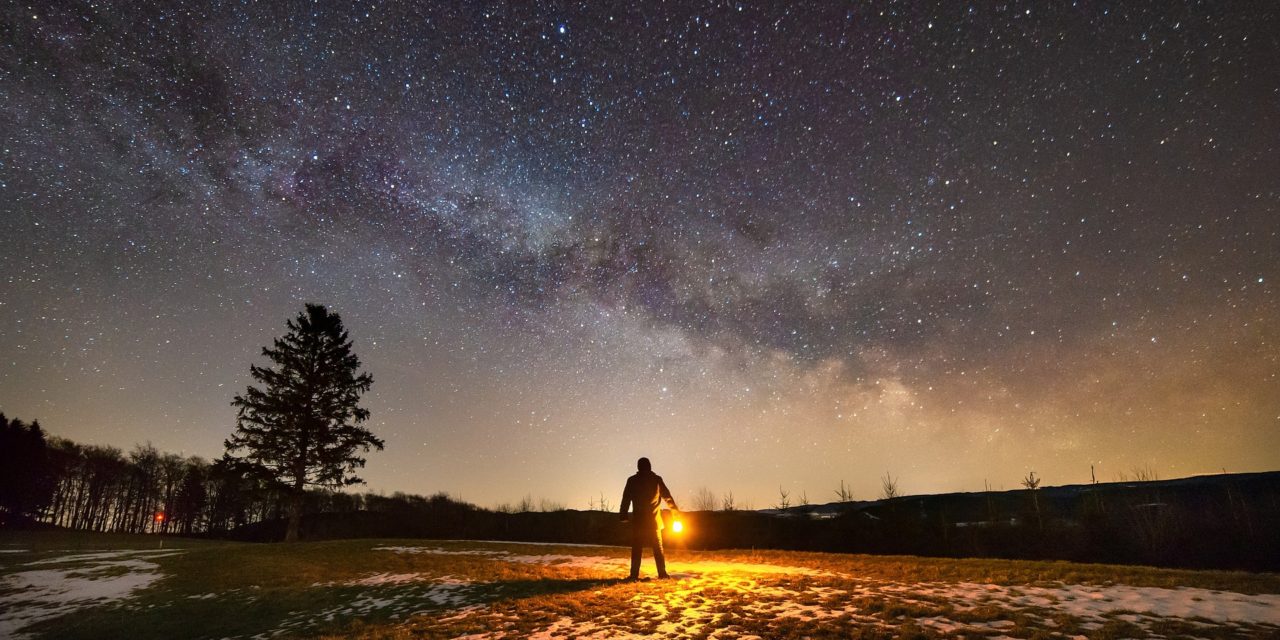
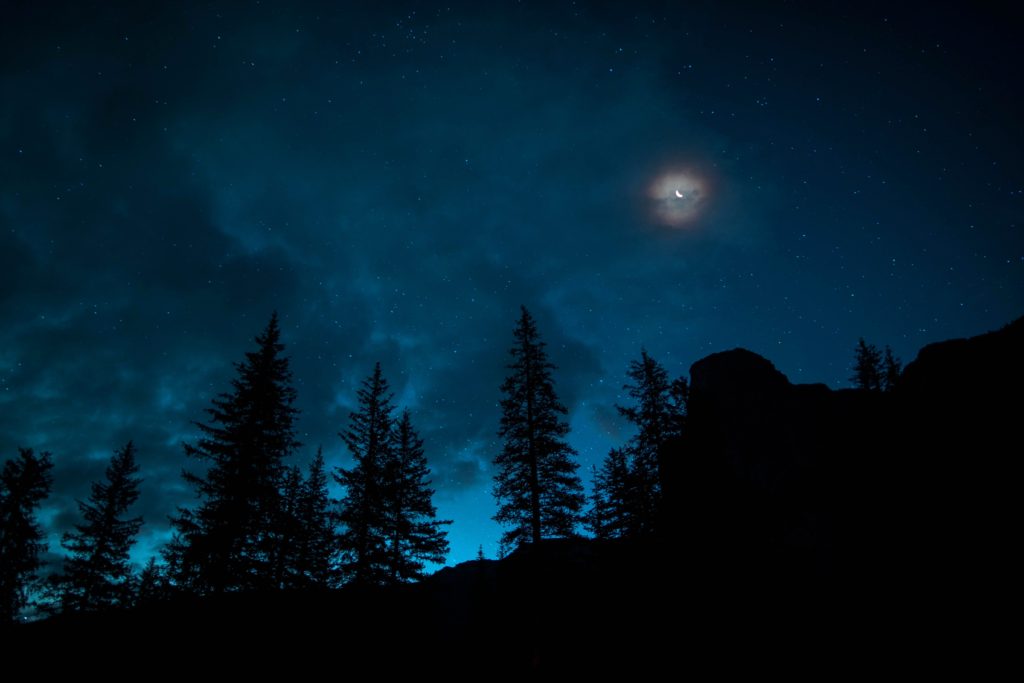
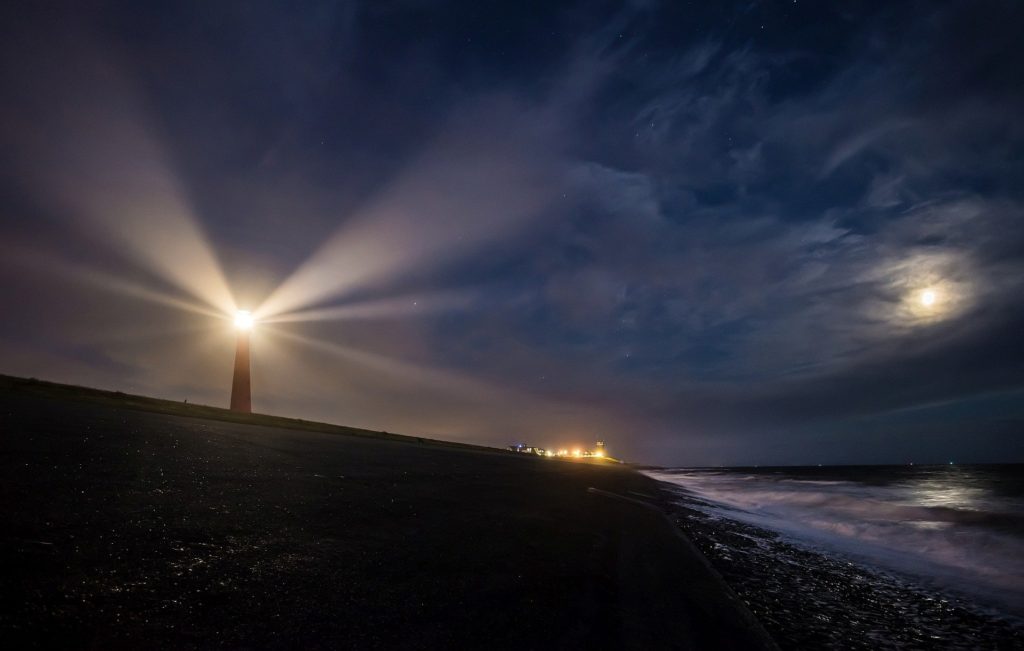
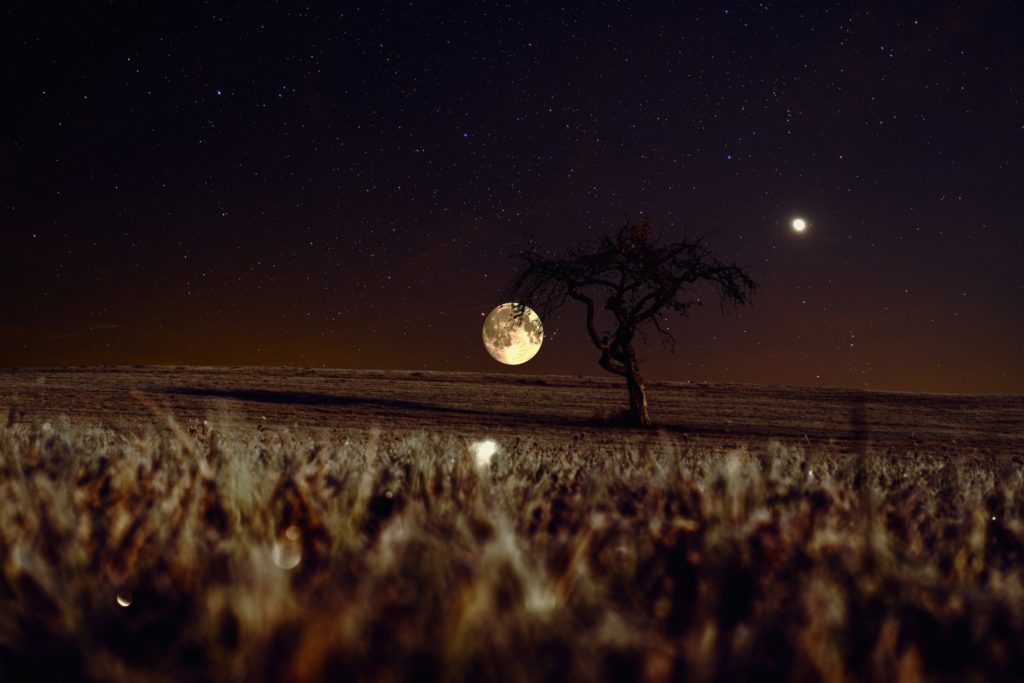
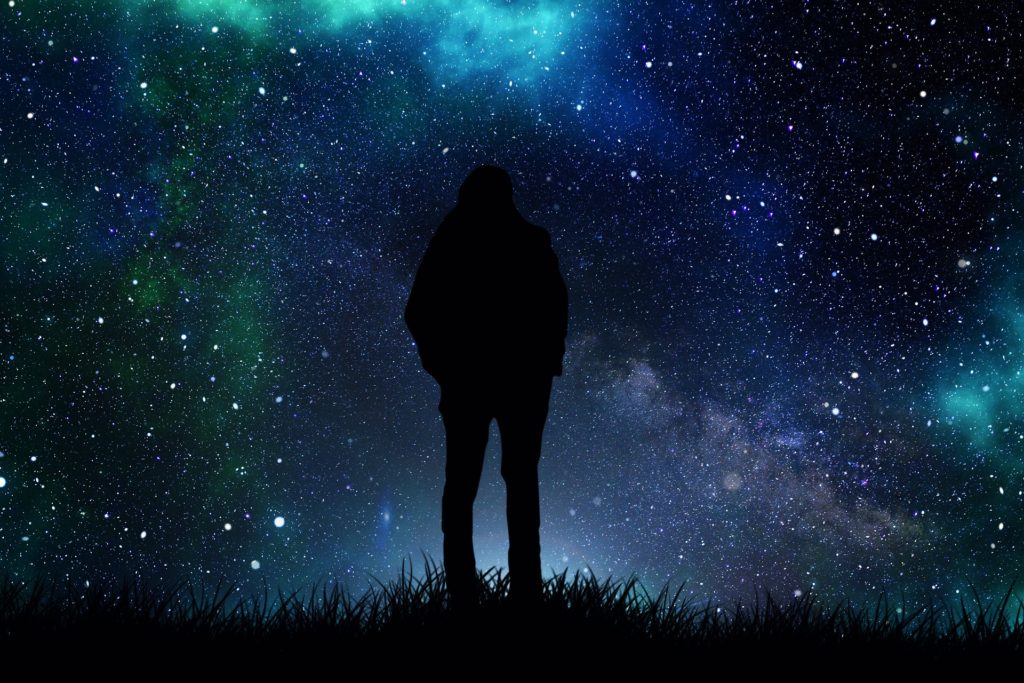
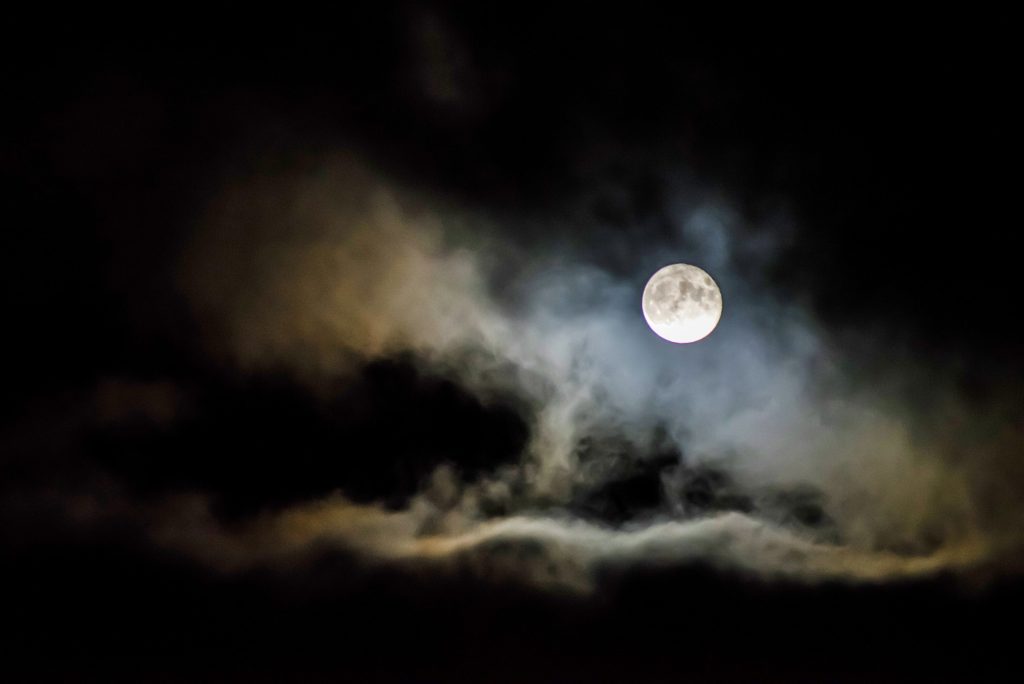
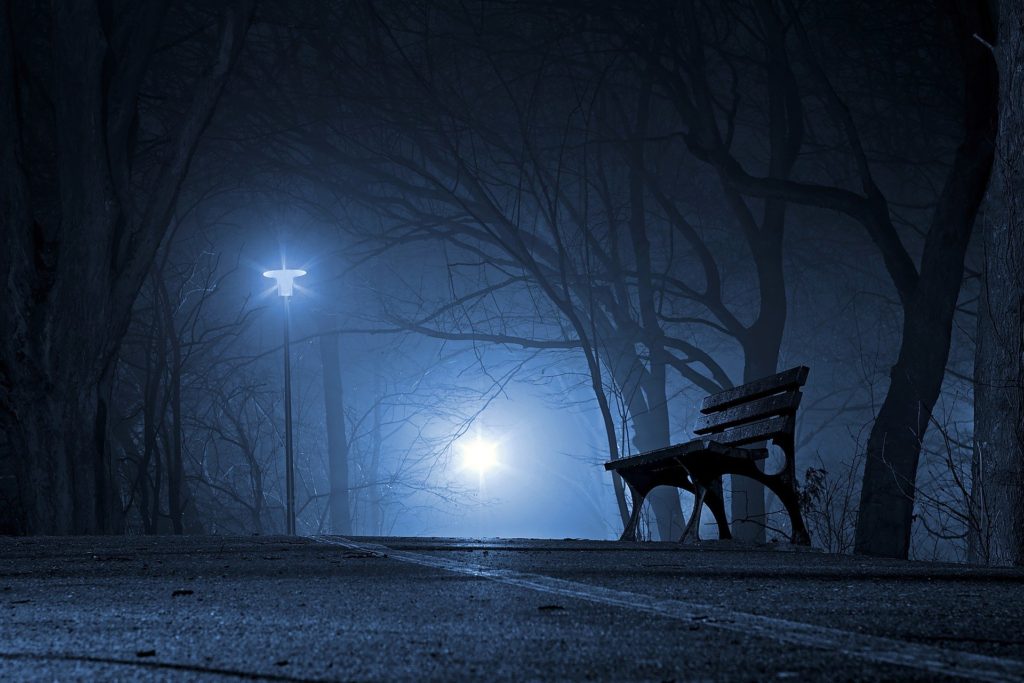
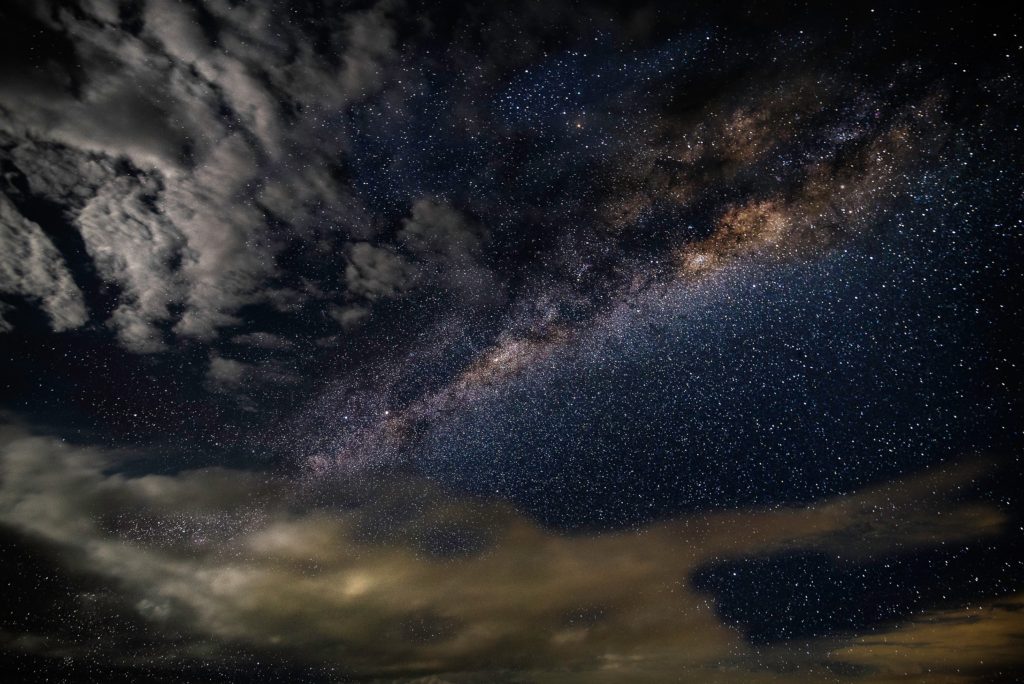
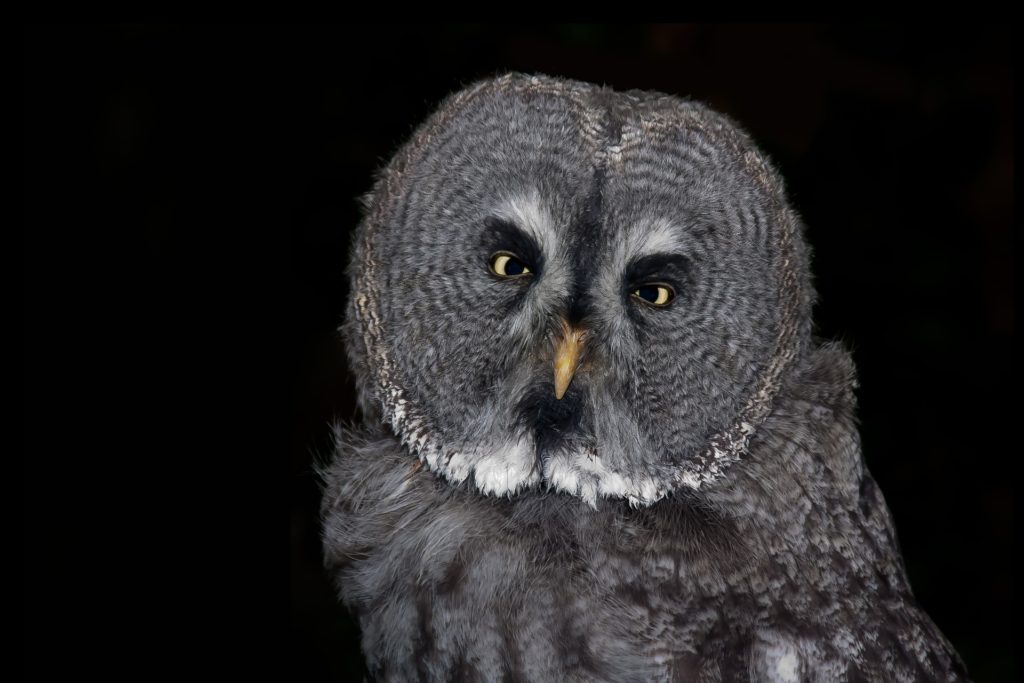

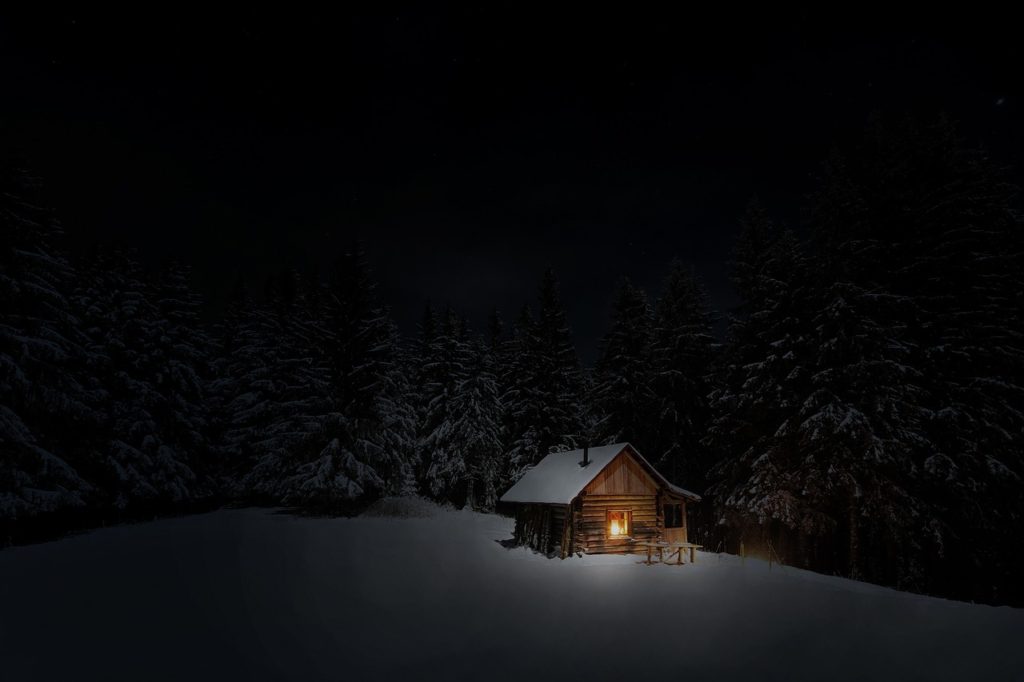











 Weed whacking. I’ve been hankering after a small weed whacker for some time. I have a dreamy hope that, if I plant rows far enough apart, I can just cut weeds down to a reasonable height. I picture lawn-like strips between rows of gorgeous vegetables. I haven’t tried this yet. Let me add that I have no known weed whacking skills. Chances are I’d accidentally decapitate innocent broccoli plants on my first try.
Weed whacking. I’ve been hankering after a small weed whacker for some time. I have a dreamy hope that, if I plant rows far enough apart, I can just cut weeds down to a reasonable height. I picture lawn-like strips between rows of gorgeous vegetables. I haven’t tried this yet. Let me add that I have no known weed whacking skills. Chances are I’d accidentally decapitate innocent broccoli plants on my first try.





































